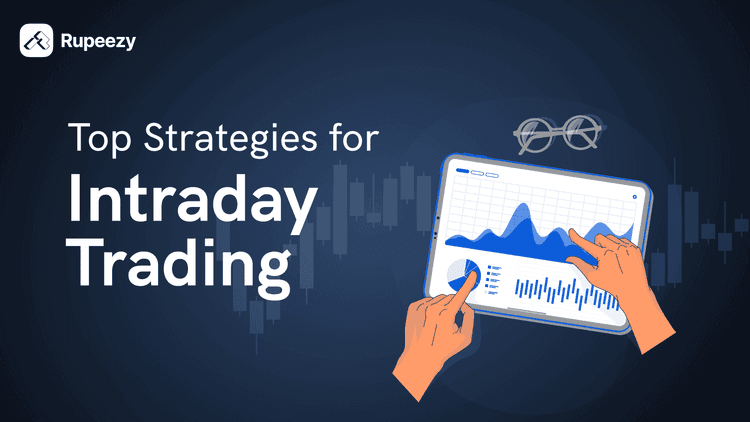Distribution Phase in Stock Market Trading: What You Need to Know


00:00 / 00:00
Introduction
The distribution phase includes some moments of volatility. Still, it is predominantly a period of consolidation as traders and institutions begin to extract profits during the run-up phase, and control of the market shifts from purchasers to sellers. This article covers the features of this phase, as well as some trading strategies.
Distribution phase
The first phase, accumulation, begins as soon as the market reaches its lowest point. During the second phase, mark-up, markets continue to consolidate, and prices start to rise, drawing a significant number of purchasers looking to participate in the new upswing.
The third phase of the market cycle is distribution. Sellers take control in this phase. It is when the market shifts direction at the end of a term.
It’s comparable to the accumulation phase, except after a run-up, price begins to fall back and trades sideways as demand no longer surpasses supply. The change is gradual and might take a long time. Over several months, prices tend to remain relatively stable.
This period includes harsh sell-offs. However, this is not the same as the run-down phase, sometimes known as a bear market. Periods of significant selling occur during the distribution phase, but there is never a persistent decline. The distribution phase may revert to a run-up phase at some point.
As the market appears to be taking off again, investors are seized by spells of utter terror intermingled with hope and even greed. Slowly but steadily, attitude shifts, but a significantly unfavorable geopolitical incident or particularly bad economic news might accelerate the process.
The last phase is mark-down. Investors begin to liquidate their positions and lock profits as market sentiment grows increasingly pessimistic, adding to the market’s selling pressure.
How to trade in this phase?
During this time, it is vital to have a proper trading strategy. The rise is over, and there is a lot of volatility in the markets as sellers rush to the exits. The market will become fairly turbulent after the distribution period’s early portion.
Traders make a significant error during this period when they believe the market would go directly from the run-up phase to a bear market. The market loses volume, volatility, and momentum, and traders lose their advantage.
Trading the range is an excellent way to deal in a distribution phase. This involves going long at the range’s lows and shorting at the range’s highs. Your stop loss should be positioned well beyond the range’s end.
The middle of the range is not a good place to trade since it is a bad trading location. The price might quickly return to the highs and lows. Due to this, you’ll be stopped out of your trades at support and resistance levels.
Source of the image: Trading with Rayner
Conclusion
The study of stock cycles will give investors an early warning of a stock’s moving circumstances, whether sideways, up, or down. This enables the investor to devise a profit-generating strategy that takes advantage of the current price movement.
You may now use this knowledge to understand how to manage risk. To assist you in maximizing your winnings, you might implement a stop-loss as part of your trade-management strategy. So open a free Demat account and start trading today!
The content on this blog is for educational purposes only and should not be considered investment advice. While we strive for accuracy, some information may contain errors or delays in updates.
Mentions of stocks or investment products are solely for informational purposes and do not constitute recommendations. Investors should conduct their own research before making any decisions.
Investing in financial markets are subject to market risks, and past performance does not guarantee future results. It is advisable to consult a qualified financial professional, review official documents, and verify information independently before making investment decisions.
Open Rupeezy account now. It is free and 100% secure.
Start Stock InvestmentAll Category









